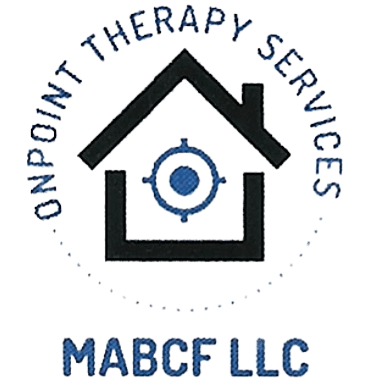
How to recover faster after hip replacement

Recovering from hip replacement surgery requires a combination of proper medical care, rest, and rehabilitation, including physical therapy. Physical therapy plays a crucial role in helping you regain strength, flexibility, and mobility after surgery. Here are some guidelines to help you recover faster after a hip replacement, with a focus on physical therapy:
- Follow your surgeon's instructions: It's essential to closely follow your surgeon's post-operative instructions. These may include weight-bearing restrictions, wound care, medication guidelines, and precautions to prevent dislocation. Adhering to these guidelines will ensure a safe and effective recovery.
- Start physical therapy early: Physical therapy typically begins soon after surgery, often within a day or two. Your therapist will assess your condition, develop a customized treatment plan, and guide you through exercises and activities aimed at improving your hip function and strength. Starting therapy early helps prevent stiffness and promotes faster healing.
- Range of motion exercises: Initially, your therapist will focus on gentle range of motion exercises to improve flexibility and reduce stiffness. These exercises may include ankle pumps, knee bends, and gentle hip movements. Gradually, they will progress to more challenging exercises as your condition improves.
- Strengthening exercises: Strengthening exercises are crucial for rebuilding the muscles around your hip joint. Your physical therapist will guide you through exercises that target the hip, thigh, and core muscles. These may include leg lifts, hip extensions, squats, and bridging exercises. It's important to perform these exercises under the supervision of your therapist to ensure correct form and avoid overexertion.
- Walking and weight-bearing exercises: Your therapist will help you gradually progress to weight-bearing activities, starting with assisted walking using a walker or crutches. As your strength and balance improve, you will transition to using a cane and eventually walking unaided. Walking aids in improving joint mobility, stability, and overall endurance.
- Pain management techniques: Physical therapy may involve pain management techniques such as ice or heat therapy, ultrasound, and transcutaneous electrical nerve stimulation (TENS). These methods help alleviate pain, reduce swelling, and enhance the healing process.
- Home exercise program: Your therapist will provide you with a home exercise program to continue your rehabilitation outside of therapy sessions. Consistently performing these exercises as prescribed will help expedite your recovery.
- Gradual return to daily activities: Your therapist will guide you on gradually returning to your daily activities, including climbing stairs, getting in and out of a car, and performing household tasks. They will provide strategies to protect your hip joint and prevent strain during these activities.
- Patience and gradual progress: Remember that hip replacement recovery takes time, and each individual progresses at their own pace. Be patient with yourself and follow your therapist's guidance. Overexertion or pushing yourself too hard can lead to setbacks, so it's important to balance rest and activity.
- Communication with your physical therapist and healthcare team: Maintain open communication with your physical therapist and healthcare team. Inform them about any concerns, pain, or difficulties you experience during the recovery process. They can adjust your treatment plan and provide necessary support.
Remember, the information provided here is general in nature, and it's crucial to consult with your surgeon and follow the advice of your healthcare team for personalized guidance regarding your specific condition and recovery after hip replacement surgery.
Regenerate response
How Can We Help?
Send us your message through the form below.
